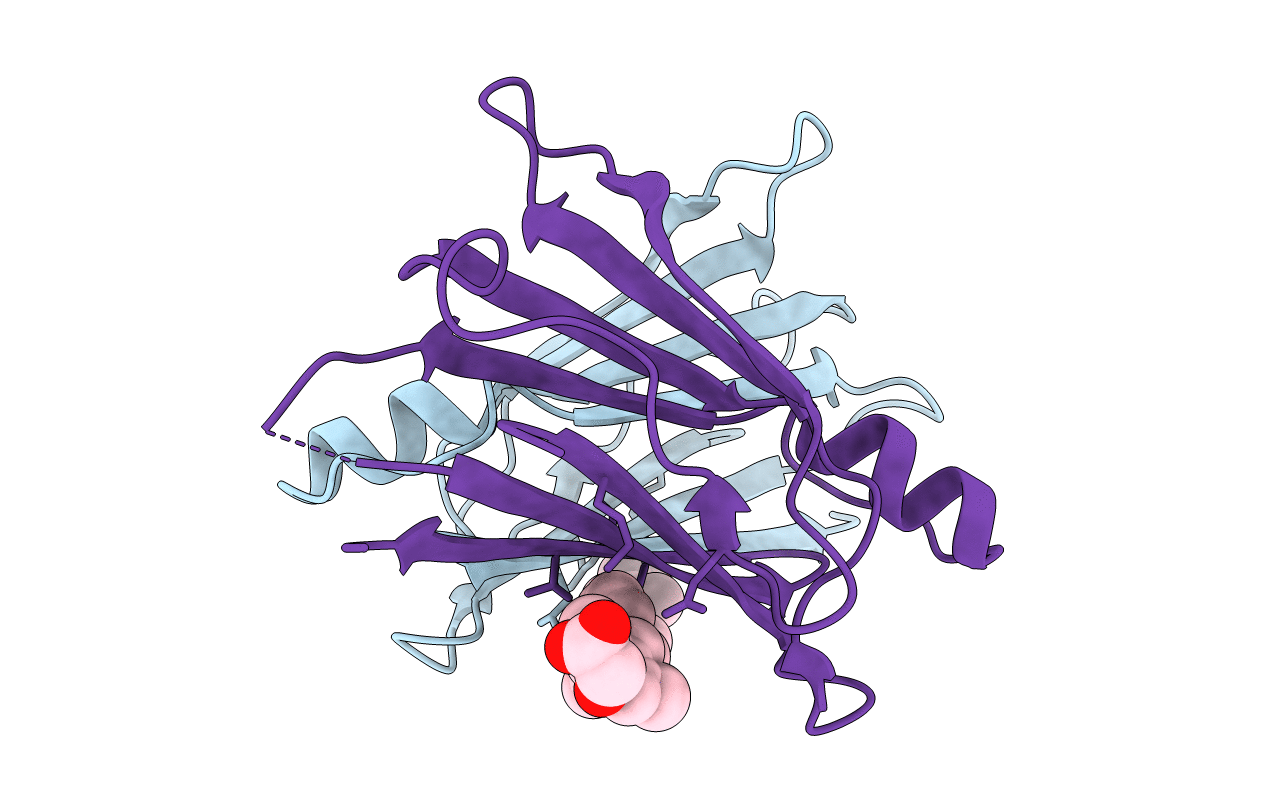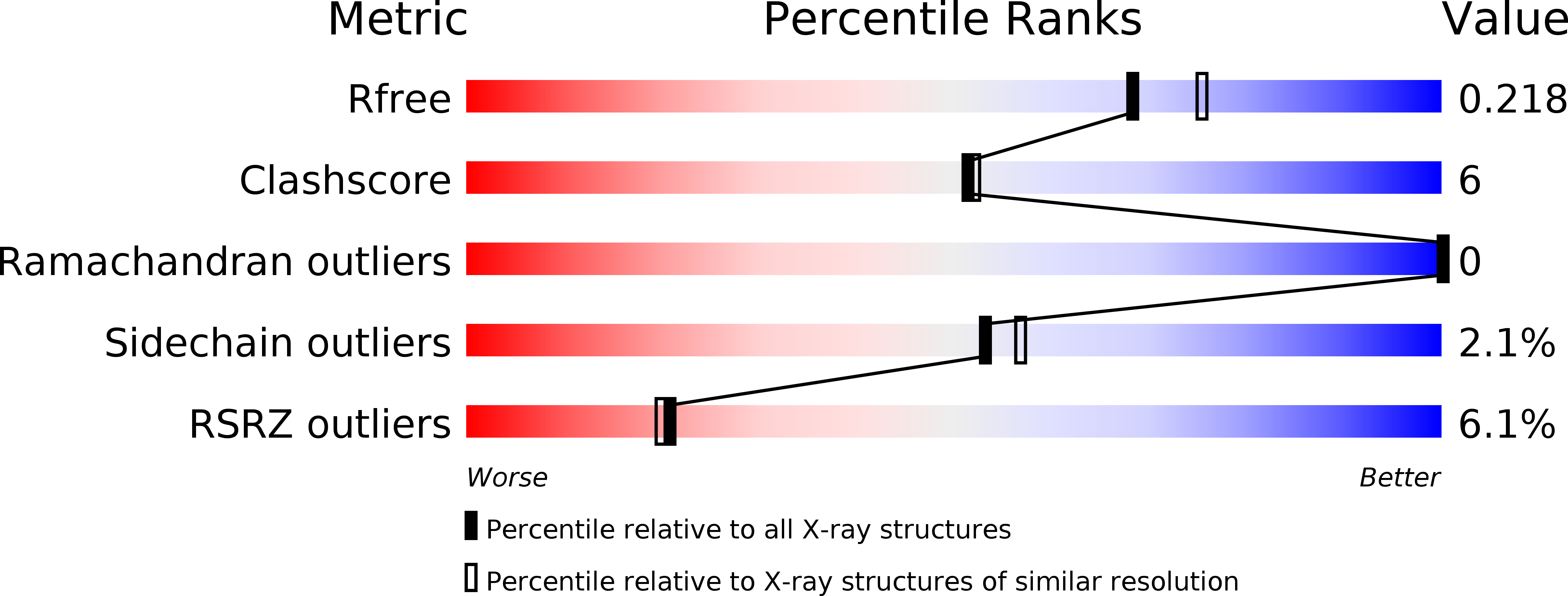
Deposition Date
2010-06-09
Release Date
2010-11-24
Last Version Date
2024-02-21
Entry Detail
PDB ID:
3NEO
Keywords:
Title:
Wild type human transthyretin (TTR) complexed with GC-24 (TTRwt:GC-24)
Biological Source:
Source Organism:
Homo sapiens (Taxon ID: 9606)
Host Organism:
Method Details:
Experimental Method:
Resolution:
2.00 Å
R-Value Free:
0.22
R-Value Work:
0.18
R-Value Observed:
0.18
Space Group:
P 21 21 2


